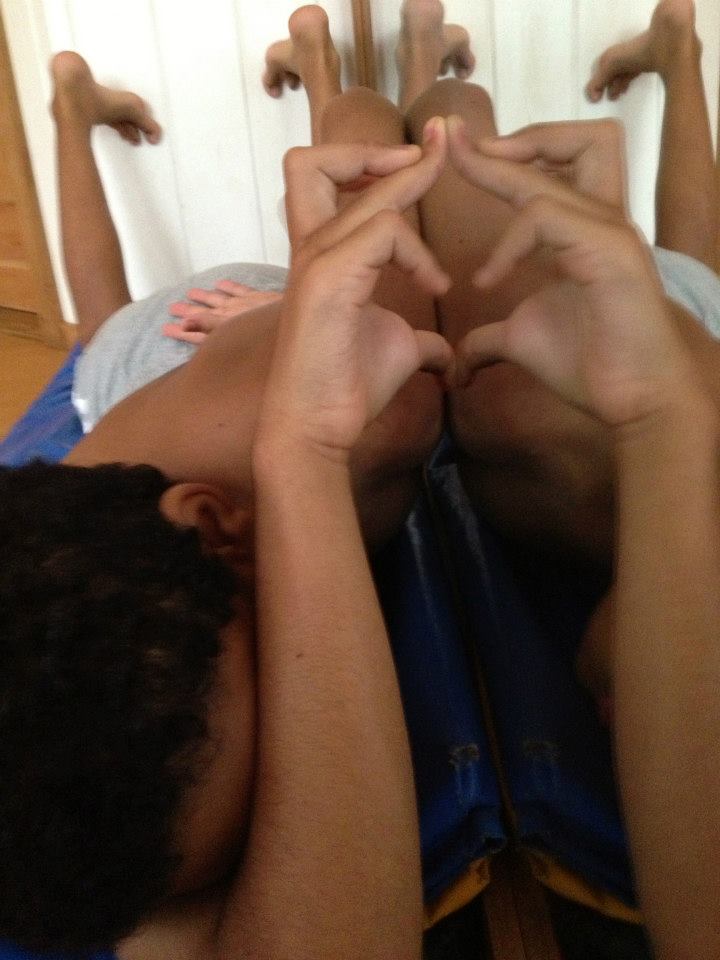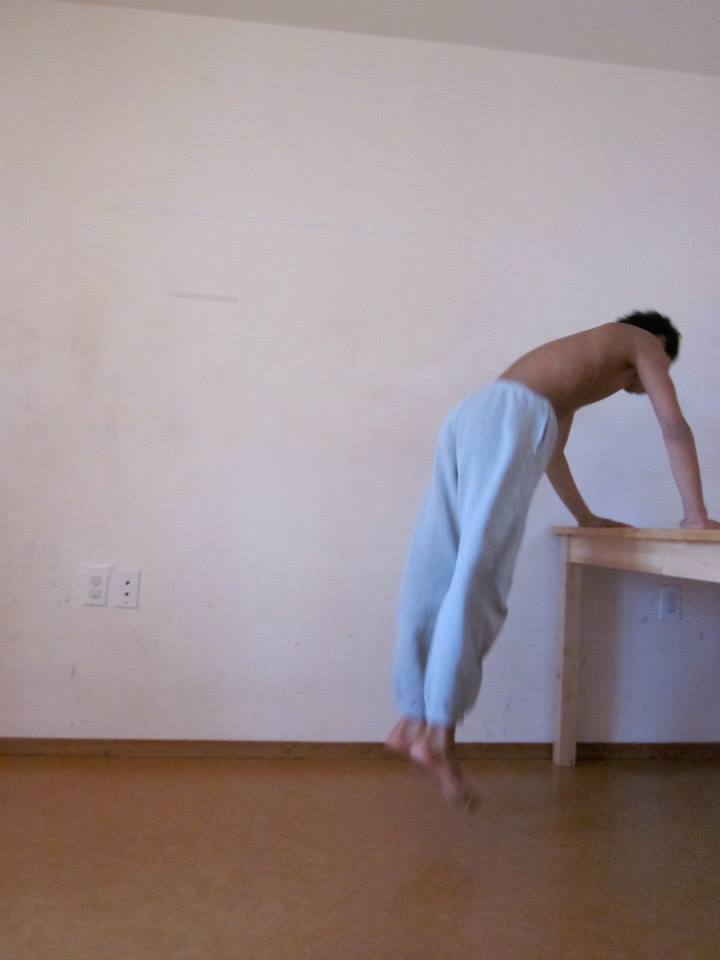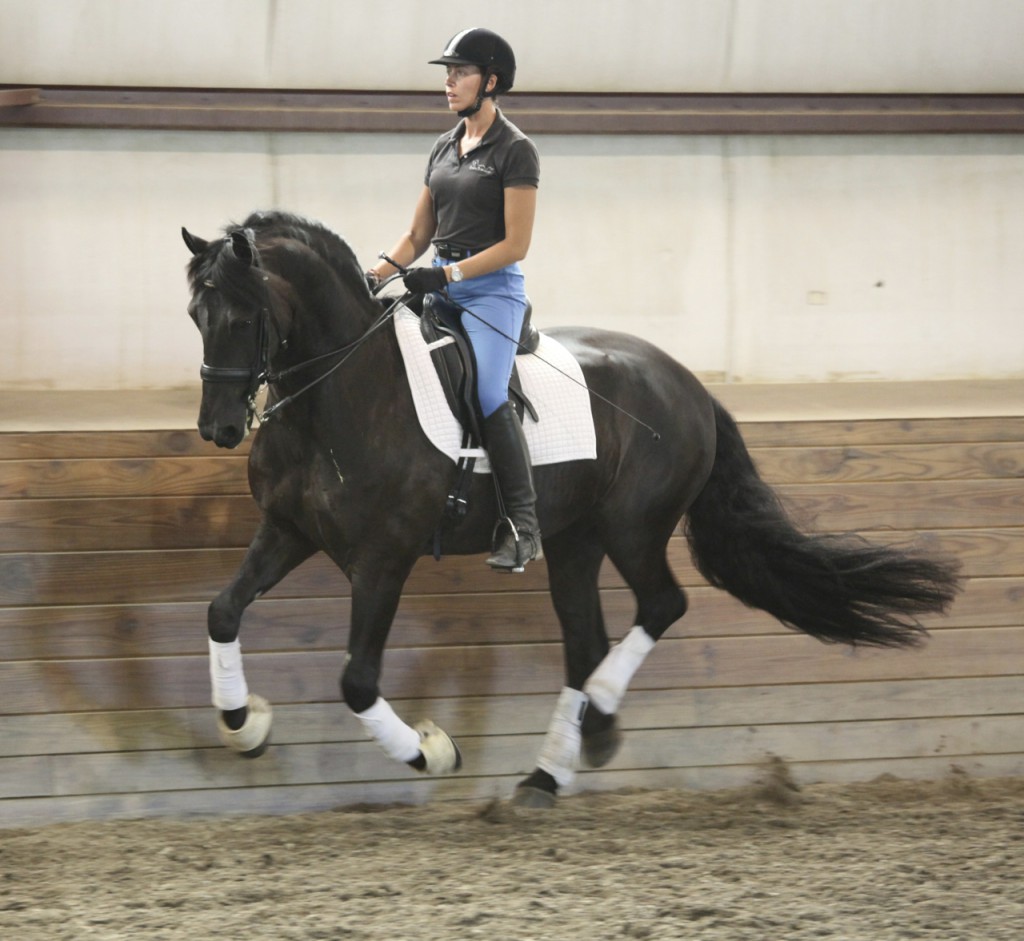Be KindNot merely because Henry James said |
Author Archives: Paula Josa-Jones
thank you Jacob, thank you Marion
Yesterday I had the privilege of visiting our friend Stanley who has advanced Alzheimer’s. He is at home, being cared for by his family and a full time caregiver. Stanley has no speech, nor can he organize his movement and is therefore confined to bed.
My mother died of Alzheimer’s six years ago. I know something about the arc of the disease, the inexorable progression. I also know about its gifts. I wrote this in a story about her called Mother Lode: “You never told me you were leaving. That leaving would happen with startling, irregular cadence, an evaporation of being from body, an unsnapping of essential self from the edges of a shrinking world. You never told me that you would leave and stay, all at once.”
At the end, when there were no words, no recognizable language of any kind, there was still her dazzling smile. It was as if she had been winnowed down to this one essential expression. In that smile was joy, appreciation, even peace. Grace and beauty where everything else had been taken. It took my breath away. She taught me about the mystery of presence and absence wound together like the Mobius of the heart.
Jacob, my autistic godson, has taught me many of the same lessons. We are going to see Jacob and his family next week. I am so looking forward to seeing hm, to what he will teach me and what I will discover in my time with him. Jacob teaches me about deep listening, stillness, and patience. He teaches me to look beyond the outer shape of movement and sound into the subtle layers and reverberations. He shows me what is important to him moment-by-moment, and how to engage where he is, rather than where I want him to be. Most importantly, how to stay in my own body, my own breathing, my own heart.
Back to Stanley. He was making a blowing sound with his lips. It is strong and clear and has force, focus and expression. I made the sound to him and that caught his attention. He made the sound back to me. We had a long, blowing conversation, with smiles and even a chuckle. I added a blowing sound like a horse makes and he found that funny. I added some touches on his hands and feet and legs, watching for his responses, his engagement and curiosity or discomfort.
What I felt with Stanley is what I so often feel with Jacob, what I felt with my mother – enormous blooms of love and gratitude. I have entered the room of their world. My “work” is not to redecorate or improve upon what is there, but simply to be present with curiosity and willingness, to follow them with my heart and offer connection. That is the whole dance.
SUBSCRIBE HERE to receive the Free Daily Post.
Comment on Google+
riding lessons, part 2
Sanne, ridden by Brandi Rivera
Opening
Habits can be helpful. They prevent us from having to learn certain activities every time we encounter them – like eating, brushing our teeth or walking up stairs. Habits can also be dulling and keep us from a wide-awake, fresh experience of the moment. They can narrow our focus to the known, rather than opening us to the unexpected.
Incorporating variation in our day is one way to open to new possibilities. Take a different route to work. Sit at a different spot at the dining room table, use your non-dominant hand for eating or teeth brushing. Experiment with moving as slowly or as quickly as you can. With your horse, try doing things in a different order. Start by giving the horse a massage, taking him for a walk, or grooming slowly and sensually. Or warm up by walking in meandering patterns around the field or arena. Variation opens us to new possibilities and greater feeling.
Slowing
Horse time is not clock time. From their perspective, time is expansive, marked by food, shelter, dark and light and our presence or absence. When we enter horse time, we can breathe, feel our bodies and notice what is here right now. Being present dissolves the tensions of the rush and press of our daily lives. When we hurry, we are focused on a point in the future, rather than dropping into the deep stillness of the moment.
Slowing down helps us to become more aware, more sensitive and flexible. Picture everything around you slowing and becoming more spacious. As you do that, you will begin to notice that each part of what you are seeing and feeling becomes more distinct and clear. Bring that slowing into each part of your movement: the way you close the car door, walk to the stable, put on your boots, pick up a grooming brush. Taste and savor each moment instead of rushing through your ride, or pushing your horse to get something “right.”
SUBSCRIBE HERE to receive the Free Daily Post.
Comment on Google+
riding lessons – part one
 Capprichio, ridden by Sabine Schut-Kery
Capprichio, ridden by Sabine Schut-Kery
These two ideas are excerpted from a book that I am writing called The Common Body: Horses and Humans Sharing the Language of Movement and the Body. There are four “installments.” Stay tuned!
- Arriving
It you have been sitting at your desk all day or have driven through traffic to get to the stable, you body and mind need to transition and arrive fully. When you get out of your car, take a few minutes to stand, breathing fully as you drop your weight into your legs and feet. Then stretch your arms up and open and take in the sky. Slowly turn around to your right and then to your left, taking in the whole panorama of your surroundings. As you enter the barn and begin your time with your horse, can you consciously expand your focus to include the whole physical and emotional landscape, rather than narrowing your focus?
Using our peripheral vision is another way to arrive by expanding our senses, to what is at the edges of our sight, sound, taste, smell and touch. Horses are peripheral beings. Their eyes, unlike ours, are set to the outsides of their faces, so that they can take in their surroundings. If you are walking a horse with your focus straight ahead, you are missing the big picture of their world. Try walking with your horse opening your vision and awareness out to the periphery.
- Aligning
Alignment is not static, but dynamic, changing and fluid. Consciously aligning with yourself and your horse is a good way to begin your horse time. Begin by simply paying attention to the flow of your breath. Placing your mind on the breath gives us a single focus, anchoring and stilling the mind.
Instead of inadvertently tuning out or going into an automatic routine of preparation and riding, see how focused and attentive you can be, how fully engaged and involved with what you are doing. Use your breath to connect with yourself so that you can more effortlessly and fully connect with your horse. Have the goal of coming back to the breath throughout your time with your horse, using that soft awareness to align with yourself and him.



